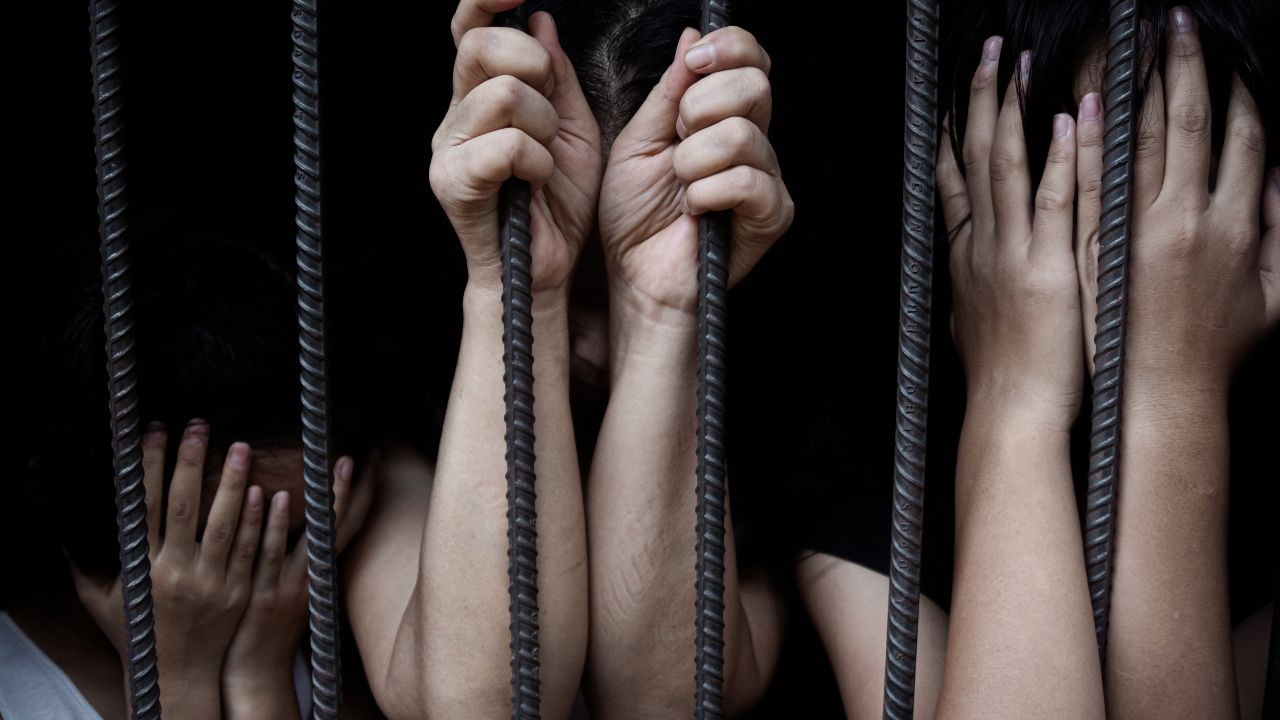
NGOCSTIP – Fighting juvenile sex trafficking requires coordinated efforts across many sectors. In February 2025, the U.S. House of Representatives introduced HR 520, a key bill focused on strengthening law enforcement’s capacity to tackle sex trafficking. This bill aims to amend the Omnibus Crime Control and Safe Streets Act of 1968, allowing funds from the Byrne Justice Assistance Grant (JAG) program to be used specifically for preventing and responding to the demand that fuels sex trafficking. This legislative effort highlights the urgent need to address the root causes of trafficking and enhance law enforcement’s ability to dismantle trafficking networks effectively.
Each year, Shared Hope International hosts the National JuST Conference, gathering experts, law enforcement officials, social workers, and policymakers to confront juvenile sex trafficking. The 2025 conference focused heavily on legislative advancements like HR 520. Attendees discussed new strategies to prevent trafficking and support victims. The conference serves as a platform to share best practices, innovative research, and training programs designed to improve the response to juvenile sex trafficking.
“Read about: Shining a Light: Human Trafficking Awareness Campaigns in June 2025”
HR 520 represents a significant step in the fight against juvenile sex trafficking. The bill proposes expanding the use of Byrne JAG funds to include programs that reduce the demand for sex trafficking. By targeting the demand, the bill aims to attack one of the root causes of the crime. Law enforcement agencies across the country will receive better tools and resources to identify traffickers and rescue victims. Importantly, HR 520 promotes collaboration between federal, state, and local agencies. It encourages a coordinated approach to dismantle trafficking rings. By strengthening funding and legal frameworks, the bill intends to increase prosecution rates and protect vulnerable youth.
One critical aspect emphasized at the JuST Conference was the importance of understanding and addressing trafficking’s root causes. For example, poverty, lack of education, and unstable family environments often leave juveniles vulnerable to exploitation. Moreover, the conference highlighted community programs that focus on prevention through education and outreach. Experts shared success stories of early intervention programs that identify at-risk youth before traffickers can exploit them. Additionally, workshops covered trauma-informed care approaches that support survivors during recovery. Furthermore, attendees learned how to implement prevention strategies that reduce vulnerability in high-risk communities. In conclusion, these efforts are essential to combat trafficking effectively.
Effective law enforcement response requires specialized training. The JuST Conference dedicated sessions to improving officers’ skills in identifying and handling juvenile sex trafficking cases. Law enforcement officials received training on victim-centered investigation techniques that prioritize the safety and dignity of survivors. The conference also emphasized the use of data and technology. Advanced analytics help track trafficking patterns and identify hotspots. By leveraging these tools, law enforcement can allocate resources more efficiently and intervene earlier.
“Read more: Tooth Erosion in Children: Early Signs and Effective Treatments”
Combating juvenile sex trafficking requires cooperation across multiple sectors. At the JuST Conference, representatives from law enforcement, social services, education, and healthcare sectors came together to build stronger partnerships. Collaborative efforts improve victim identification, support, and prosecution. Shared Hope International promotes a multidisciplinary approach, ensuring that all agencies involved share information and coordinate actions. This unity is essential to create a seamless system that protects children and holds traffickers accountable.
A powerful feature of the JuST Conference is the inclusion of survivor voices. Survivors of juvenile sex trafficking share their stories to raise awareness and inspire change. Their testimonies highlight the realities of trafficking and the importance of compassionate care. Advocacy efforts supported at the conference aim to influence public policy and increase funding for victim services. Survivors also advocate for laws like HR 520, which provide critical resources for prevention and enforcement.
While progress has been made, juvenile sex trafficking remains a persistent problem. The JuST Conference concluded with a call for continued commitment from all stakeholders. Challenges such as evolving trafficking tactics and resource limitations require ongoing attention. The passage of HR 520 would mark an important victory in the fight. However, successful implementation depends on sustained funding, training, and community engagement. Conferences like JuST play a vital role in maintaining momentum and fostering innovation.
Fighting juvenile sex trafficking demands a comprehensive approach that combines legislation, education, enforcement, and survivor support. The 2025 JuST Conference highlighted significant advancements, particularly HR 520’s potential to empower law enforcement. Addressing trafficking’s root causes and improving collaboration remain essential goals. Through continued dedication and partnership, society can better protect vulnerable youth and dismantle trafficking networks.